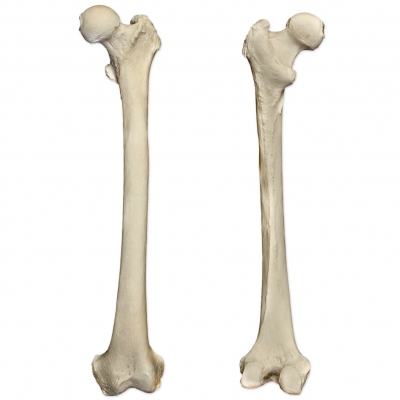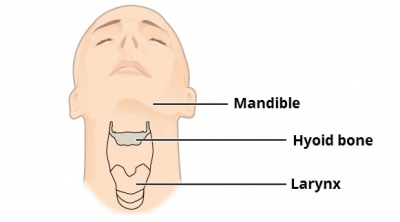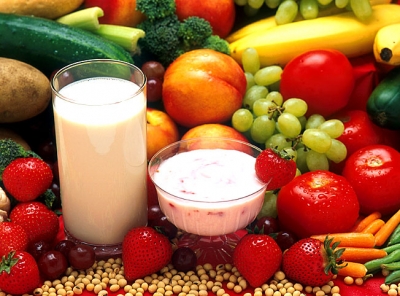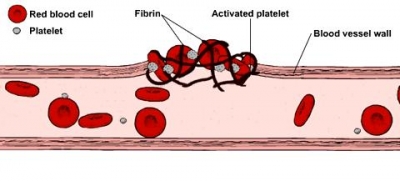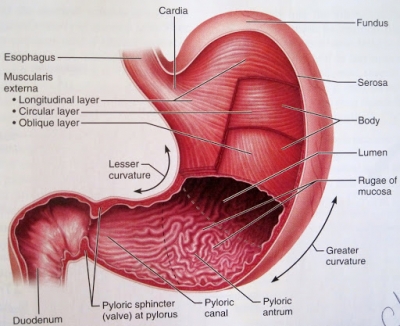
The stomach’s wall has three muscle layers that run in different directions. During digestion, these contract in turn to churn food while mixing it with acidic gastric juice. Thick mucus stops gastric juice from damaging the stomach’s own delicate lining.
Pylric sphincter
Normally closed to keep food in the stomach, this ring of muscle opens slightly once food has been processed to allow a controlled flow or chyme into the duodenum.
Duodenum
The duodenum is the first of the three parts of the small intestine that receives partially digested food from the stomach and begins with the absorption of nutrients. It is directly attached to the pylorus of the stomach. The first part of the small intestine is about 25 cm (10 in) long.
Gastric mucosa
The stomach’s inner layer contains gastric glands. The mucosa is always covered by a layer of thick mucus that is secreted by tall columnar epithelial cells. Gastric mucus is a glycoprotein that serves two purposes: the lubrication of food masses in order to facilitate movement within the stomach and the formation of a protective layer over the lining epithelium of the stomach cavity.
Oesophagus
Food is carried in this tube from the throat to the stomach. The upper part of the oesophagus is behind the windpipe (trachea). The windpipe is the tube that connects your mouth and nose to your lungs, so you can breathe. Below your lungs is a layer of muscle called the diaphragm. It helps you to breathe. Most of your oesophagus sits above the diaphragm in your chest.
Serous layer
The stomach is covered by this protective layer. Serous membranes have two layers. The parietal layers of the membranes line the walls of the body cavity (pariet- refers to a cavity wall). The visceral layer of the membrane covers the organs (the viscera). Between the parietal and visceral layers is a very thin, fluid-filled serous space, or cavity.
Longitudinal muscle
This layer runs the length of the stomach. This layer is composed of smooth muscle, continuous with the smooth muscle which surrounds the esophagus. Below this longitudinal muscle is the Auerbach’s plexus, or myenteric plexus, above the middle circular.
Circular muscle
This layer wraps around the stomach. It wraps in a circular orientation around the pylorus, and is held in a constricted state normally. The normal constriction of this muscle is what creates the pyloric sphincter, which controls the movement of chyme into the duodenum. This layer is concentric to the longitudinal axis of the stomach.
Oblique muscle
This layer runs diagonally. It wraps around the body of the stomach, extending downward to form the pyloric sphincter along with the circular muscle layer. This layer is responsible for creating the motion that churns and physically breaks down the food. It is the only layer of the three which is not seen in other parts of the digestive system.
Gastric pits
These pits lead to the gastric glands, which make and release gastric juice. This liquid contains a mixture of enzymes, hydrochloric acid, and mucus.
Rugae
Deep folds in the stomach wall disappear when it stretches, as it fills the food. The inner layer of the stomach is full of wrinkles known as rugae (or gastric folds). Rugae both allow the stomach to stretch in order to accommodate large meals and help to grip and move food during digestion.
Protective coat
Thick fluid coats and lining, preventing the stomach from being digested by its own gastric juice. The mucus protects the gastric mucosa from auto digestion by e.g. pepsin and from erosion by acids and other caustic materials that are ingested. Bicarbonate ions, secreted by the surface epithelial cells.
Picture Credit : Google





